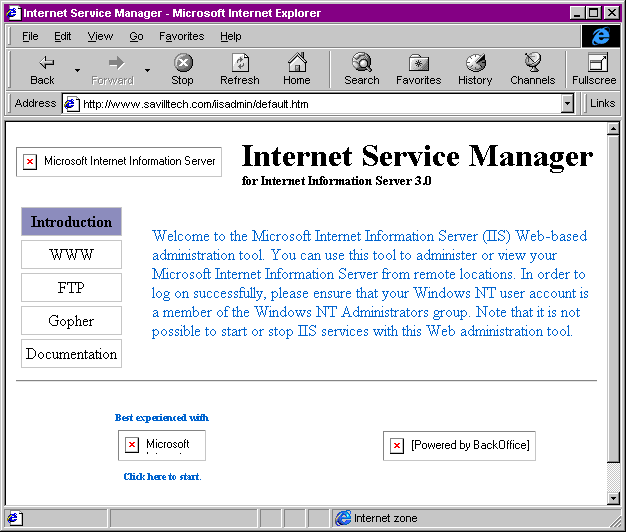

rowSeparator – The character string used as a separator between records in the result.If an empty string is specified, the separator is a comma. fieldSeparator – The character string used as a separator between fields in the result.Use the question mark character (‘?’) to specify a dynamic parameter.

The statement can contain programmatically generated SQL (dynamic parameters) that indicate where optional arguments are to be used in the query.
sqlQuery – The statement can include a ‘Union’ clause that combines the results of two queries. Here is what each of those parameters mean. It does not support ODBC/ JDBC date, time, and timestamp constants in braces.įormat ExecuteSQL(sqlQuery fieldSeparator rowSeparator ). You can use DATE Statement, or else Execute SQL treats dates as literal string. You should apply correct format of dates in SQL Query. If an error occurs at the time of execution, FileMaker returns a question mark (?). You need to define the relationship in SQL query. It does not recognize the FileMaker relationship. The logical function Executes an SQL Query statement (SELECT Query) for the specified table in a FileMaker database. We will now explain both of them in more detail. The ‘ ExecuteSQL‘ function can be used in FileMaker in the following ways: Structured Query Language ( SQL), pronounced “sequel”, is a type of programming language. For now, we will teach you the two ways to Execute SQL. We aren’t going to talk about whether or not its useful (perhaps another time). 
The ‘ ExecuteSQL()‘ function first came into play in FileMaker Pro 12, released on 4th April 2012. The ‘ExecuteSQL’ command is used in order to execute an SQL query statement for the occurrence of the specified table in a FileMaker Pro file. In this post, find out the two ways in which you can go about using the ExecuteSQL function in FileMaker.







 0 kommentar(er)
0 kommentar(er)
